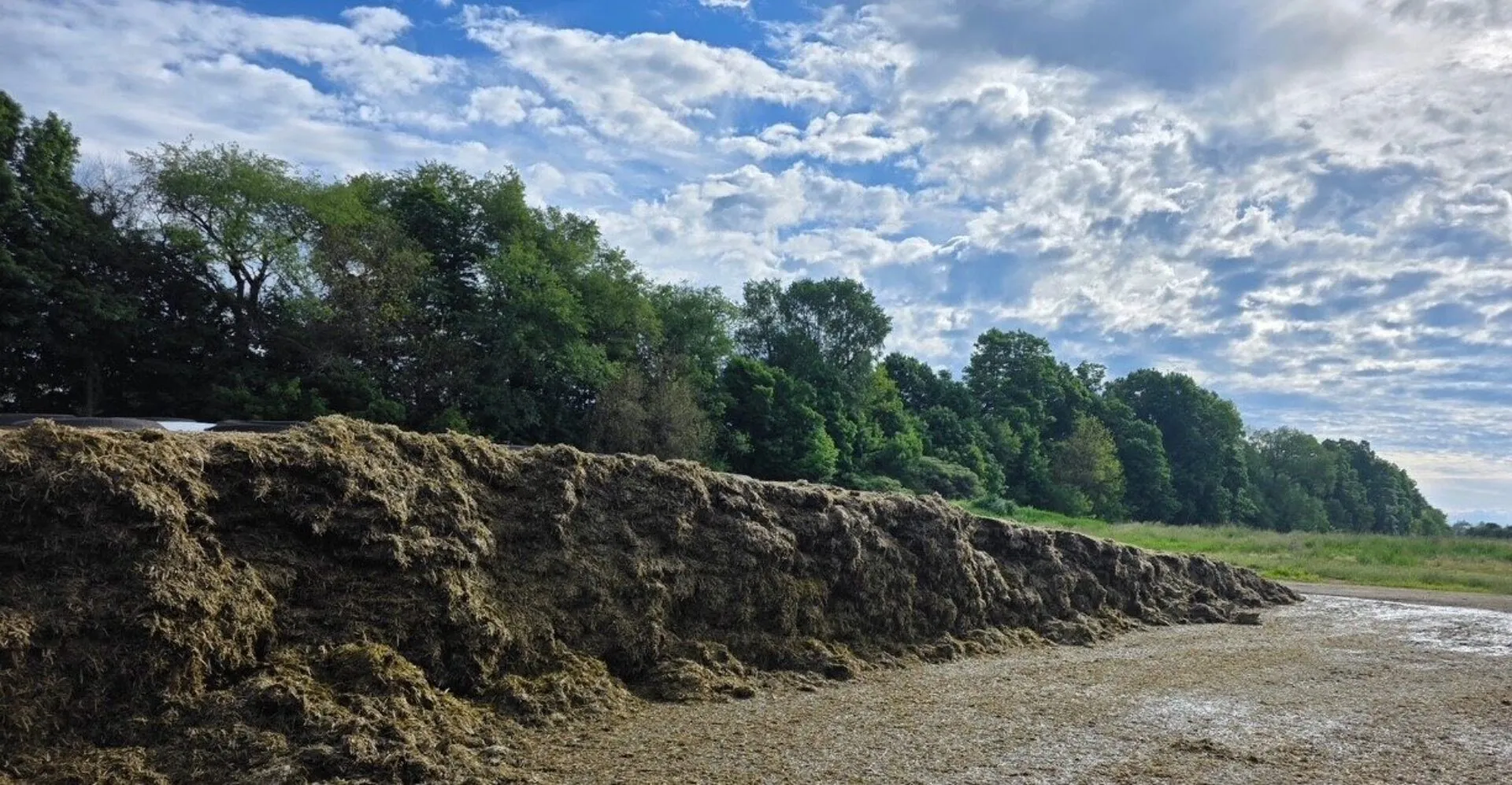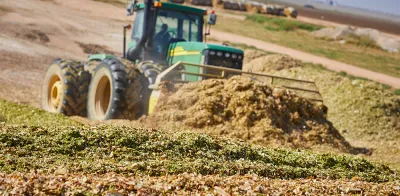Silage preservation is getting tougher. Wetter harvests, new forage mixes, and changing feed strategies all put pressure on farmers to keep feed stable and nutritious. These same challenges were at the center of discussion during the International Silage Conference (ISC) 2025 in Florida.
As mentioned in our previous blog article about ISC 2025, bonsilage contributed 11 posters and 8 more in collaboration with university partners. Together, they highlighted the importance of science-driven solutions for silage fermentation and feed preservation. In this second part of our ISC series, we’re taking a closer look at how bonsilage lactic acid bacteria (LAB) perform under some of the most challenging fermentation conditions farmers face.
bonsilage lactic acid bacteria are built for challenges
The first challenge in any fermentation with high moisture conditions is controlling the microbial population. An efficient LAB must:
- Outcompete undesirable microorganisms (clostridia, enterobacteria) that thrive in high-moisture environments. Greater moisture conditions usually allow for greater growth of undesirable bacteria, thus, even greater competition.
- Rapidly produce organic acids to preserve nutrients.
The second challenge is the temperature of the pile. Aerobic microbial activity increases silage pile temperature. Although this is a common process during the first phase of silage fermentation, controlling silage rise in temperature will increase the chances of desirable lactic acid bacteria thriving.
The third challenge is to have the right amount of acid produced to overcome the buffering capacity of the forage. Protein acts as a buffer, therefore, high protein feeds or forages require more acid to lower pH at a good preservation point.
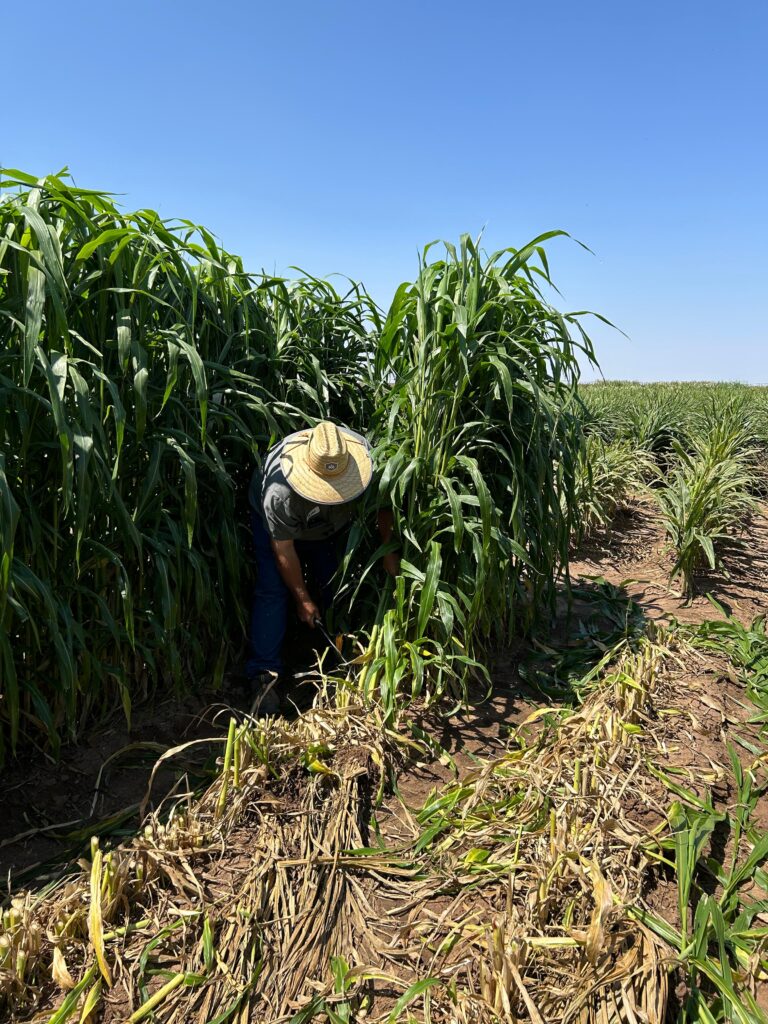
This means the LAB we add to control fermentation, need to be able to survive in challenging conditions and effectively produce acids to preserve your feed. Our studies presented at ISC2025 showed our lactic acid bacteria effectively modulate fermentation even in feeds with high buffering capacity, high moisture conditions.
Due to the capacity to yield well in water-scarce areas, the use of sorghum varieties is increasing. These varieties can widely differ in terms of nutrient composition and harvest practices, the latter playing a crucial role in moisture at harvest in sorghum. A study evaluating bonsilage inoculants in two different sorghum varieties harvested at a high level of moisture (84 and 86% moisture!), revealed that our heterofermentative blends can still control challenging fermentation from sorghum-sudangrass and forage sorghum, producing valuable acetic acid from lactic acid to avoid spoilage at feed-out at the right time by the desirable bacteria (Figure 1).
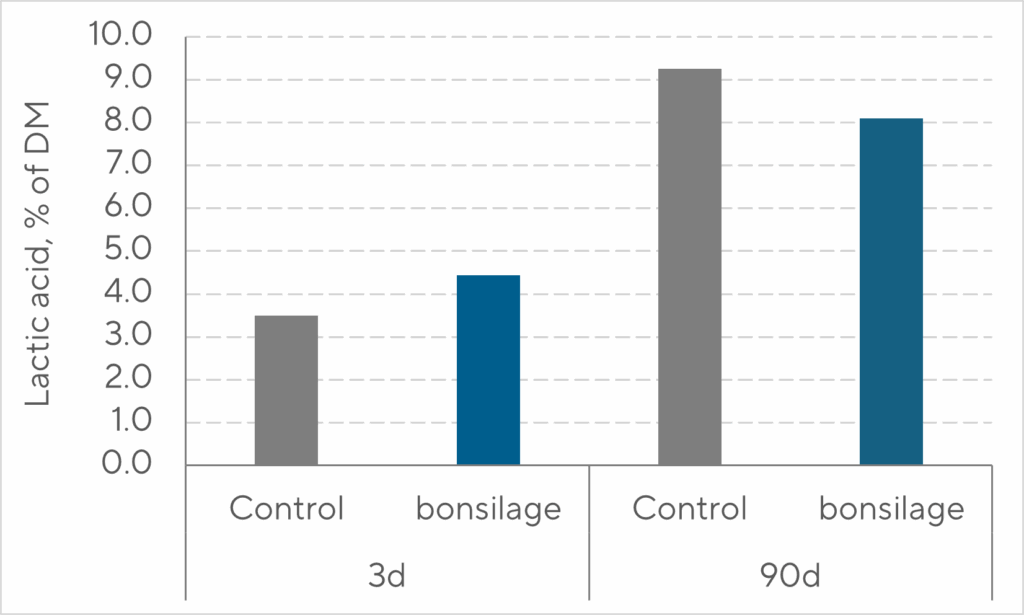
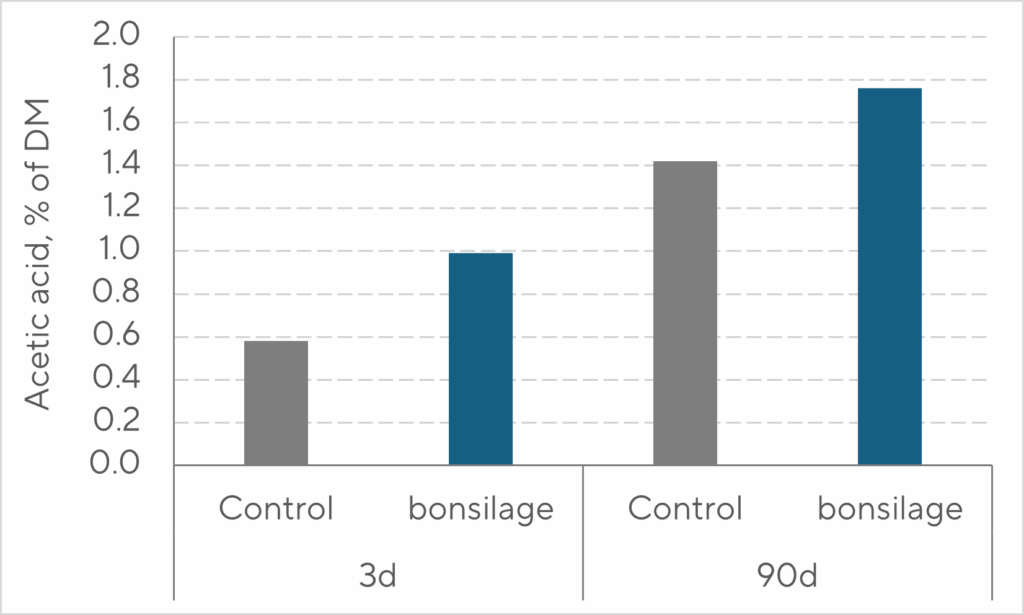
Figure 1 – Effect of bonsilage PRO on fermentation profile of sorghum-sudangrass silage stored for 3 and 90 days.
Liquid feeds for pigs
What would be more extreme in terms of moisture than liquid feed!? Few conditions are tougher than liquid feed. High moisture and protein levels create strong buffering and increase spoilage risk.
A blend of bonsilage homolactic bacteria showed an almost five-fold increase in lactic acid production in liquid feeds with high protein concentration and therefore, a high buffering capacity, resulting in a pH decline from 4.7 to 3.9, critical value to stop spoilage organisms ruining liquid feed. Meaning that fermentation of liquid feed with bonsilage inoculants can be used as a strategy to suppress potential pathogens in pigs’ rations.
Even the best inoculant can’t replace good management: Silage management and silage-making practices can avoid a series of problems. While silage temperature increases during the initial phase of fermentation, when packing or timely sealing is not ideal, silage can reach considerably higher temperatures, which creates a challenge for beneficial bacteria to grow and do their job. Corn silage fermentation was evaluated under constant high temperature. While under regular temperature (72° F), the inoculant worked exactly as expected, and at constant heat (104° F), the specialized traits of the fermentation expected were impaired, highlighting the importance of good silage-making practices on the effect of the inoculants added to improve fermentation.
In Europe, the co-cultivation of corn and legumes is gaining popularity to improve sustainability in corn silage production. But mixing legumes to the to-be-fermented mixture turns it into a challenging fermentation.
Applying bonsilage heterofermentative inoculants into corn mixtures (with common beans, field beans and sunflowers) stabilized these challenging mixtures and extended their shelf life. Choosing the right inoculants for the specific types of forages is crucial, especially for non-traditional mixtures.
If you like to view our scientific studies, click the button!
DOWNLOAD POSTERSThe research presented at ISC 2025 confirms what many farmers already experience in practice:
- bonsilage lactic acid bacteria thrive in tough fermentation environments.
- They help stabilize even the most challenging feeds, from legume-corn mixes to liquid feeds.
- Proper management and inoculant choice remain the foundation for reliable feed preservation.
At bonsilage, we are committed to supporting farmers with science-backed inoculant solutions that keep feed stable, nutritious, and safe.
Stay tuned for Part III of our ISC 2025 series, where we’ll share more insights from our poster presentations.
